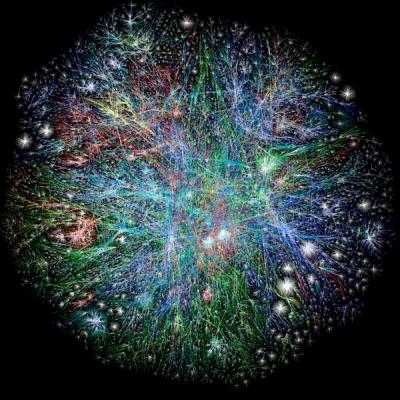Mid-February, the web went viral with a study that showed that there were not more than 19 links between any page of the internet (examples here, here and here (in French)). This epidemics followed a paper published on 18 February 2013 by the Royal Society.

The thing is, when you read the paper (link to the original paper of the Royal Society here), you realize that this discovery was made in… 1999. Is it still valid? Nobody knows, actually. It is quite possible actually that today there are even less links needed thanks to the Googles and other search engines, plus all the social tools.
Some publications did correct their initial post (like the Smithsonian here), but most did not, in particular the news outlets from where most of the public gets its information.
There are two interesting lessons to take from this event:
- On the negative side, what you read on the internet, in particular what is viral, might have been severely distorted by transmittal, editing, search for sensationalism, etc
- On the positive side, thanks to the internet, one can access the original source easily – I was able to find it in a very few minutes thanks to the links embedded in the published pages and Google! (and actually it took only 2 or 3 clicks, not 19) (think what would have happened if you had read such a news in a newspaper 50 years ago: would you have ever been able to go back to the original sources within less than a few weeks?).
It is easier now than ever to post and disseminate trash or inaccuracies, but it is also easier than ever to check – or at least get various opinions on a subject. Do we teach ourselves and our children enough to enhance their critical skills and how to search by themselves for diverse opinions?
Note – for those who are interested, reading the original short article (by Barabási in the Royal Society publication) is quite instructive on the topology of the internet.
